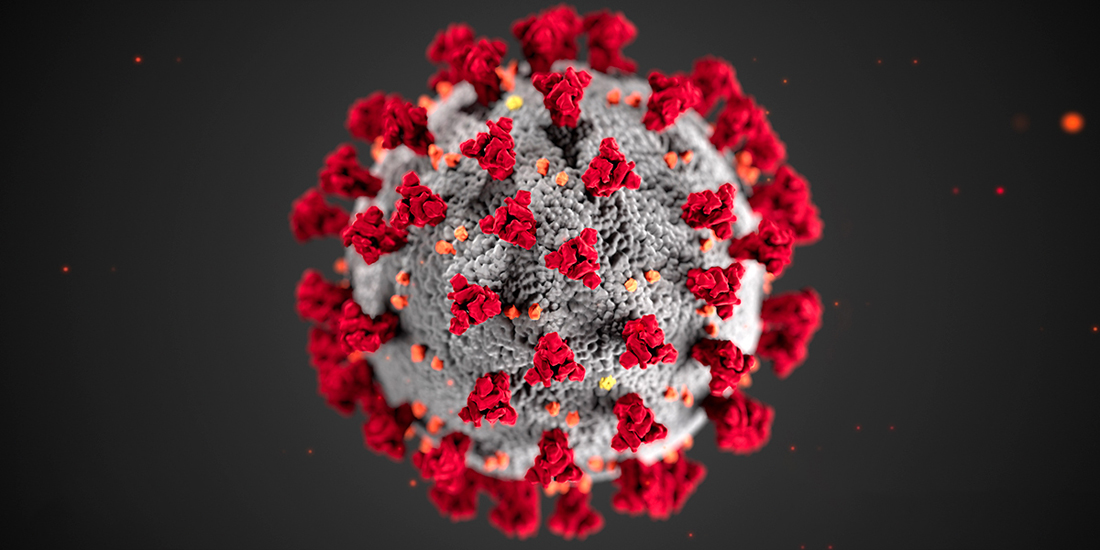Dental emergency…or not?

As dentists switch over to emergency-only appointments during the COVID-19 pandemic, patients want to know what exactly qualifies as an emergency and where to go first.
Dental emergencies are potentially life-threatening and require immediate treatment, including stopping uncontrolled bleeding or alleviating severe pain and infection, according to the American Dental Association. Other urgent care needs include a broken or knocked-out tooth, trauma to the face, biopsy of abnormal tissue, denture adjustment for patients undergoing cancer treatment, or orthodontic wires causing pain.
“At the College of Dentistry, we are taking necessary steps to ensure that patients who experience a dental emergency receive the best quality care possible,” says Dr. Steve Griffin, associate dean of clinical affairs at Texas A&M College of Dentistry. “At the same time, we are rescheduling non-emergency appointments for a later date to protect the health and well-being of both patients and our clinical staff.”
Routine dental care is at a standstill nationwide as dentists heed ADA recommendations designed to curb risks. This emergency-only approach reduces in-person contact and also preserves limited supplies and personal protective equipment for frontline medical professionals.
Griffin advises patients who experience an urgent dental need to call their dentist’s office. If the office is not open, call the office’s emergency contact information. For those who may not have a dental home, Griffin suggests contacting the local dental association for a referral, visiting the dental college’s emergency program or using anti-inflammatory medication, an ice pack or over-the-counter temporary materials until an appointment can be scheduled.
In the event of a true dental emergency, those who can’t get an appointment may visit a hospital’s emergency department, but this should be a last resort. Emergency providers and hospitals are currently consumed with the demands of caring for patients with COVID-19. Keeping dental emergency patients out of emergency rooms positively impacts hospital capacity and decreases the risk of exposure to illness.
The Centers for Disease Control and Prevention recommends dental and medical providers work together to determine appropriate treatment for urgent critical care of patients, especially those with known or suspected COVID-19. The urgency and need for a procedure are based on dental professionals’ clinical judgment and made on a case-by-case basis.